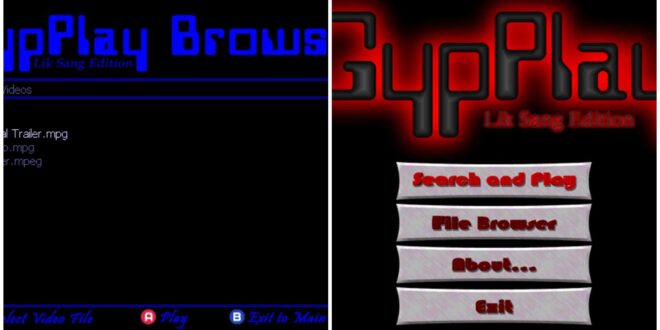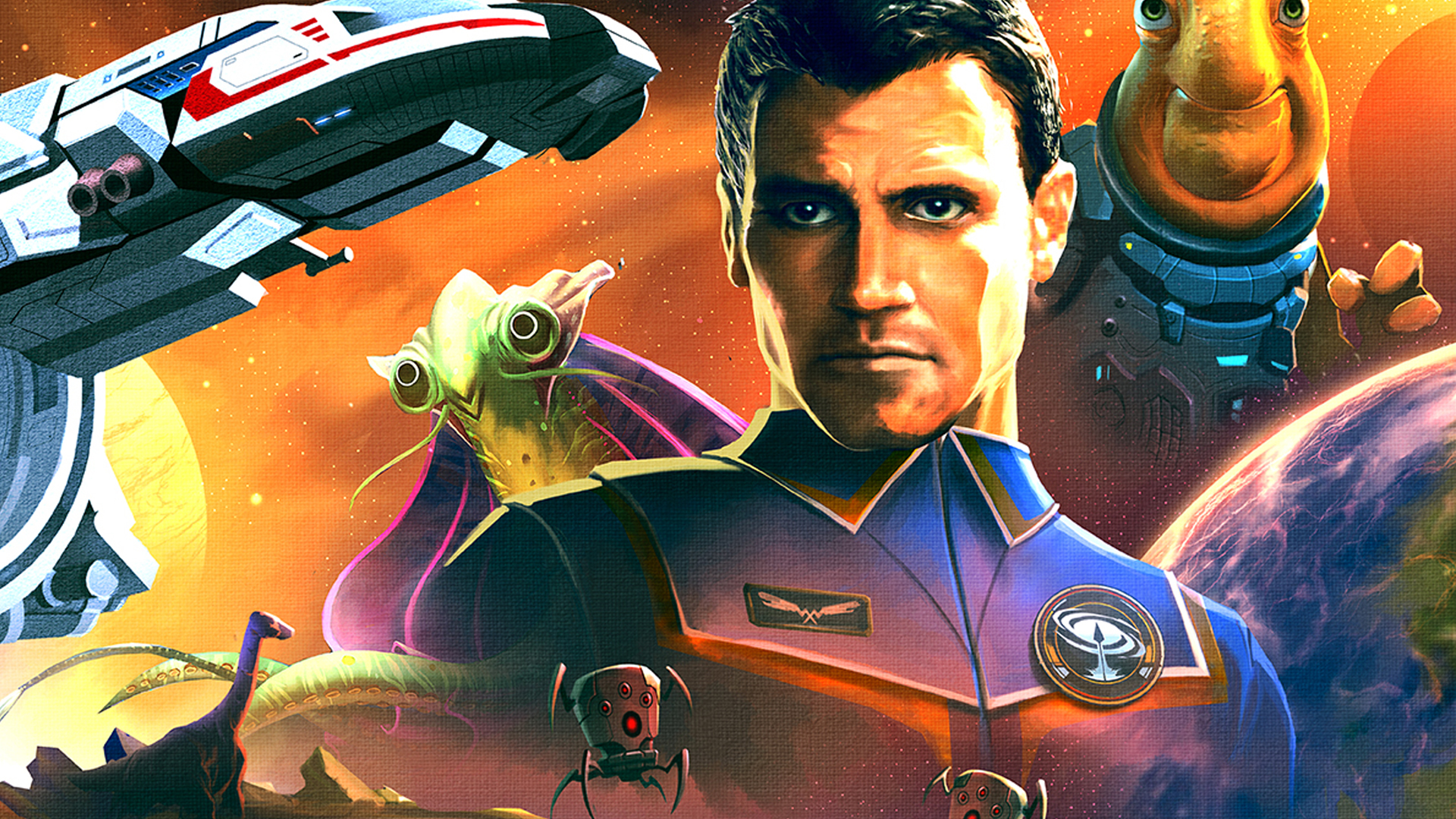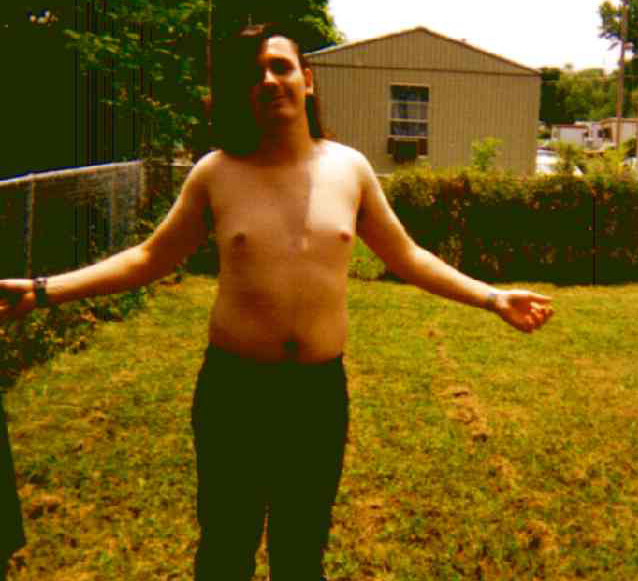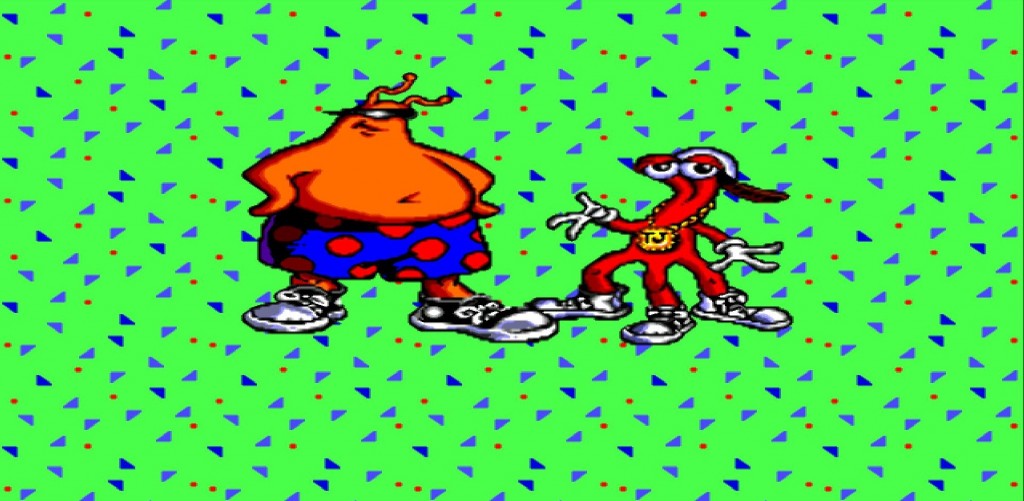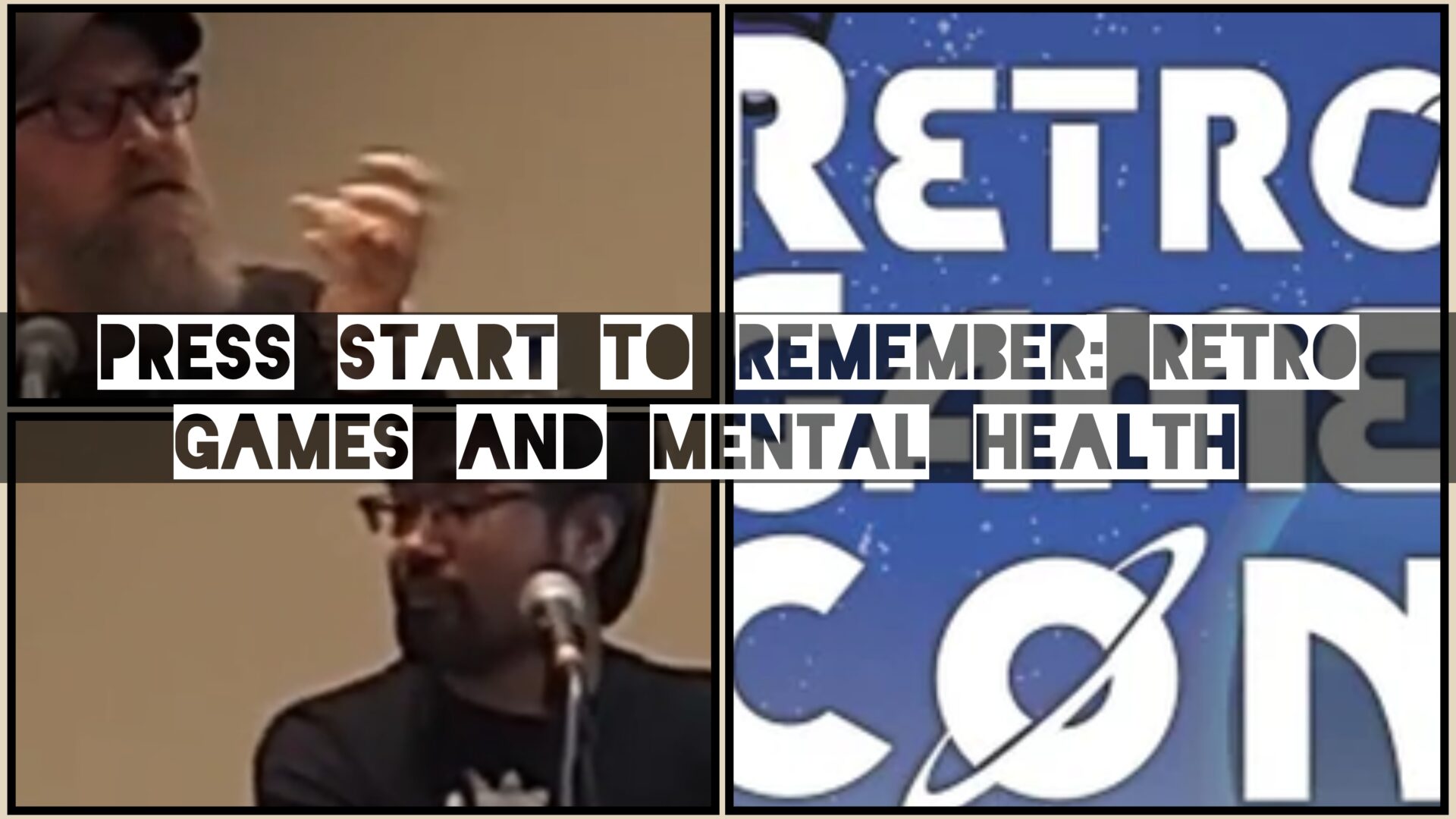Before we had DVD players… we had DVD players
If you were around in 1999 or 2000, you probably remember just how out of reach DVD players felt. They were shiny, futuristic, and expensive. For many of us, a DVD player cost more than the Sega Dreamcast sitting under our television. That meant the dream of high-quality digital video was something we only glimpsed in magazines, at electronics stores, or at the house of that one friend whose parents bought into the latest technology. For the rest of us, VHS tapes were still king, complete with rewinding, fuzzy picture quality, and worn-out copies of movies we loved too much.
(HEY YOU!! We hope you enjoy! We try not to run ads. So basically, this is a very expensive hobby running this site. Please consider joining us for updates, forums, and more. Network w/ us to make some cash or friends while retro gaming, and you can win some free retro games for posting. Okay, carry on 👍)
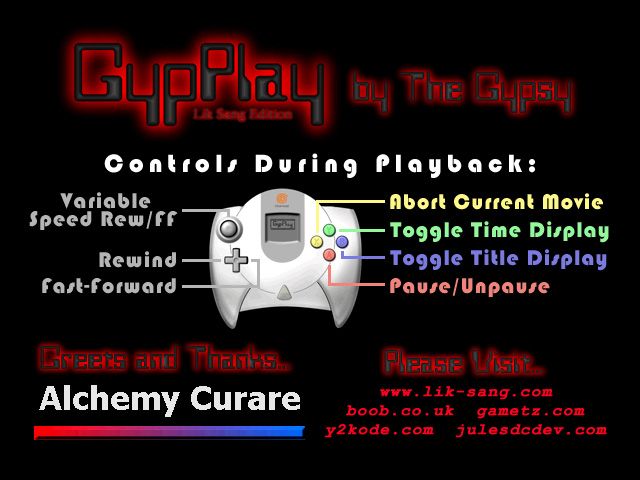
Then came an unexpected twist. With nothing more than a spindle of blank CDs, a bit of patience, and a Dreamcast, you could suddenly enjoy something close to the DVD experience without the DVD player. Enter GypPlay, a homebrew application that unlocked your console’s ability to play MPEG-1 and Video CD files. Suddenly the Dreamcast became not only a gaming machine but also your gateway into digital movies. Watching a film on your console while your friends’ families were still rewinding VHS tapes felt like living a decade ahead of schedule.
That’s why it’s fair to say, with a grin and a bit of nostalgia, that before we had DVD players… we already had DVD players. They just happened to come in the form of a little white Sega box, and they worked thanks to the creativity of one very cool programmer.
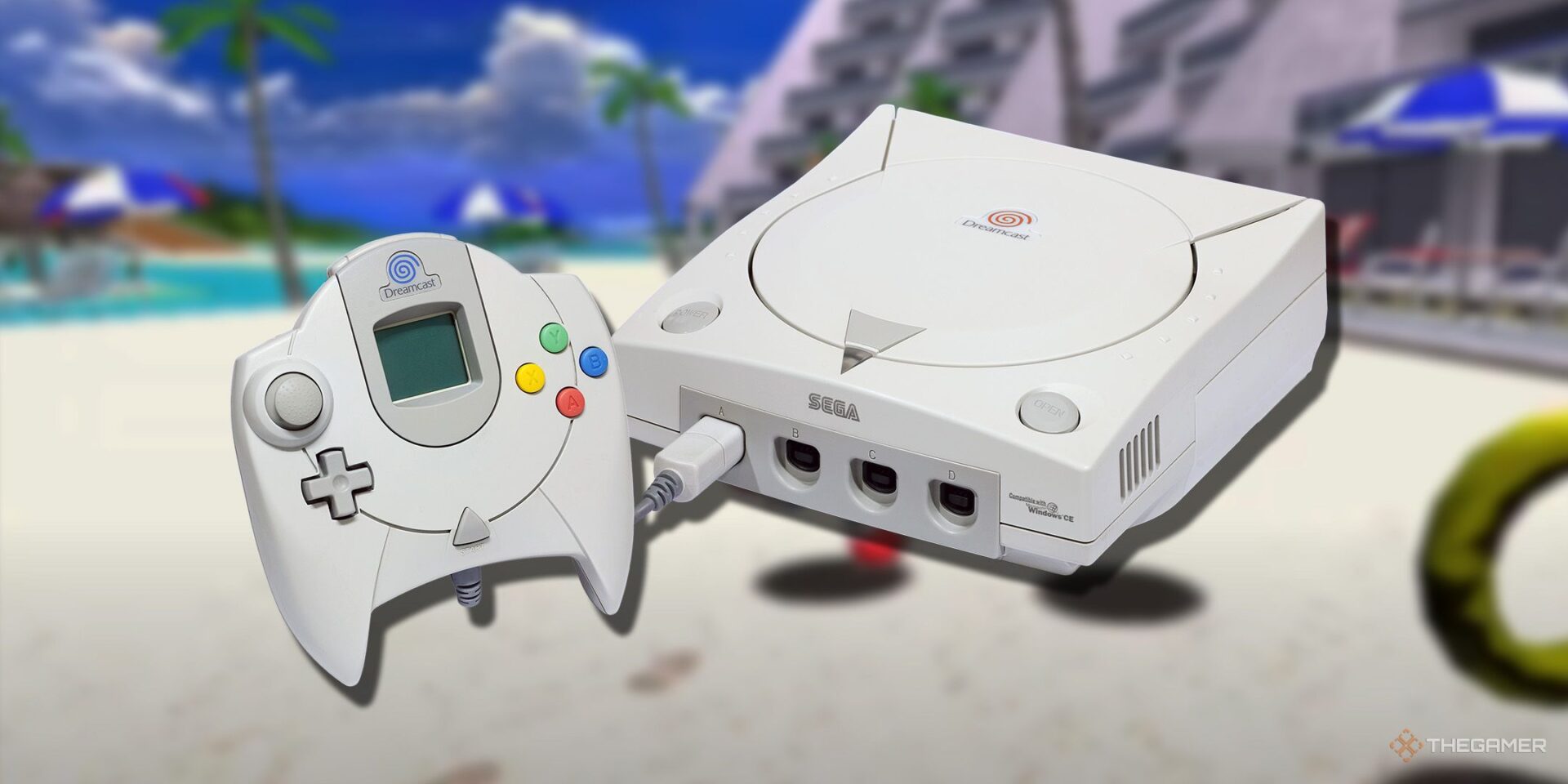
TheGypsy: the coder who made it possible
The heart of this story is TheGypsy, the author of GypPlay. In the early 2000s Dreamcast scene, screen names were often all we knew of one another, but TheGypsy stood out. He wasn’t only talented, but approachable, sharing his work openly, documenting his process, and making sure the community could benefit from what he built. People who interacted with him often recall that he was one of the “good guys” of the scene, generous with his time, modest about his achievements, and genuinely passionate about seeing others succeed with his software. DCEmulation had a nice interview with him here.
Unlike many coders who dropped a project and disappeared, TheGypsy maintained his footprint. He ran B00B Dreamcast Research, a site that cataloged breakthroughs, and he kept mirrors of his work alive long after release. Even now, you can still visit the old GypPlay microsite and download the Lik Sang Edition, a version distributed with the help of the now-legendary importer. These traces of his work are small but meaningful artifacts of a time when the internet felt like a patchwork of underground hubs and personal pages.
Looking back, it’s easy to admire the technical feat, but it’s just as important to remember the guy behind it. TheGypsy gave us something we didn’t know we wanted — a way to bend our console into a movie player — and he did it with style, humility, and a sense of fun. In an era where many coders stayed anonymous or were quick to flame out, he was a steady presence, and that made him a pretty cool dude in the eyes of the community.
The app itself and why it felt like magic
GypPlay wasn’t flashy. Boot the disc and you’d see a simple file browser, no frills or Hollywood presentation. Yet the magic was in what happened next. Select a properly encoded MPEG-1 or VCD file, and your Dreamcast, a machine designed for games, suddenly became a set-top box. It handled playback smoothly enough to rival many of the dedicated hardware DVD players of the time, even if the resolution was limited. For a teenager in 2000, this was sorcery.
Think about it: you’d spend hours capturing a show or ripping a movie, run it through an encoder, burn the result to CD-R, and then slide that disc into the console. When the video started rolling, you weren’t just watching a movie, you were watching the Dreamcast transform into something the designers never intended. That sense of subversion, of taking control of technology, is exactly what made the scene feel alive.
Even better, it wasn’t just a “proof of concept.” GypPlay worked well enough to rely on. Friends came over, skeptical that you could watch a movie on a console, and then left impressed. It turned late-night hangouts into movie nights, gave kids without DVD players a way to experience digital video, and made the Dreamcast feel like the most versatile piece of electronics in the room.
The scene that carried it
One reason GypPlay still matters is because of the community that embraced it. Back then, the hub of all things Dreamcast homebrew was DCEmulation, a site that is still alive and well today. It’s run by darc, a longtime fan who continues to maintain the site, the wiki, and the forums, making sure decades of knowledge don’t vanish into internet dust. If you’re curious about GypPlay or anything else from that era, you can still head to dcemulation.org and browse to your heart’s content.
What makes this even cooler is that the scene isn’t just frozen in time — it’s still active. Darc runs a Discord server where fans old and new can hang out, trade stories, and dig into the technical side of the Dreamcast all over again. If you’re feeling nostalgic or want to see what today’s retro scene is up to, you can join here: discord.gg/Bgps8axgSX. It’s like stepping into a living museum where the exhibits still talk back.
That continuity, from the early 2000s message boards to today’s Discord, hows just how much the Dreamcast scene valued not just creation but preservation. Because of sites like DCEmulation and people like darc, projects like GypPlay are more than faint memories. They’re documented, archived, and still accessible to anyone who wants to try them. That’s why, decades later, you can still boot up GypPlay and feel the same sense of wonder you felt in 2000.
 Retro Replay Retro Replay gaming reviews, news, emulation, geek stuff and more!
Retro Replay Retro Replay gaming reviews, news, emulation, geek stuff and more!
